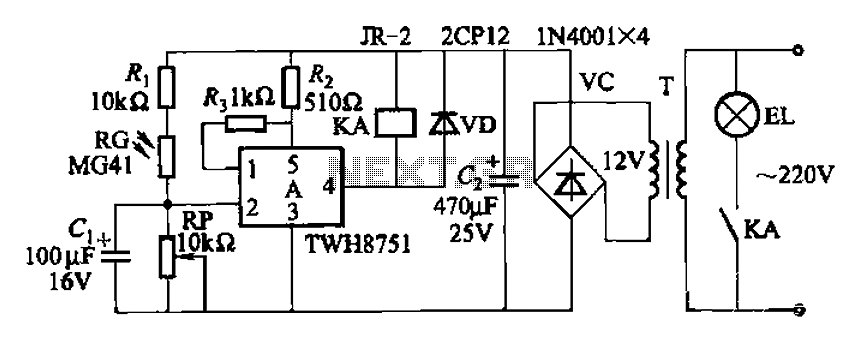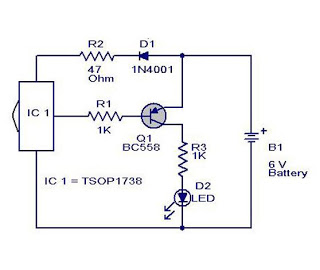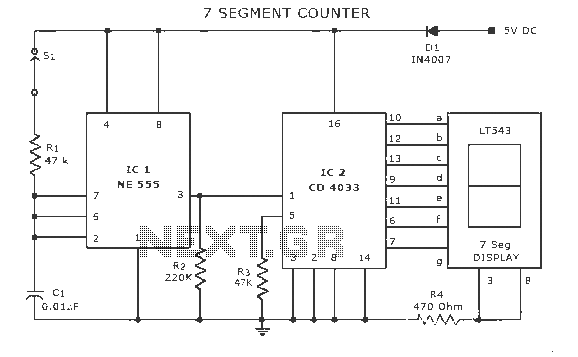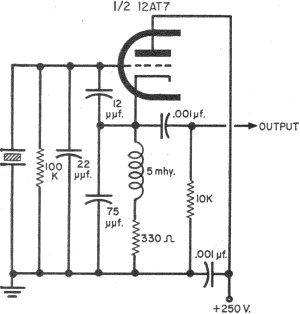
divide 1 333 multiply circuit
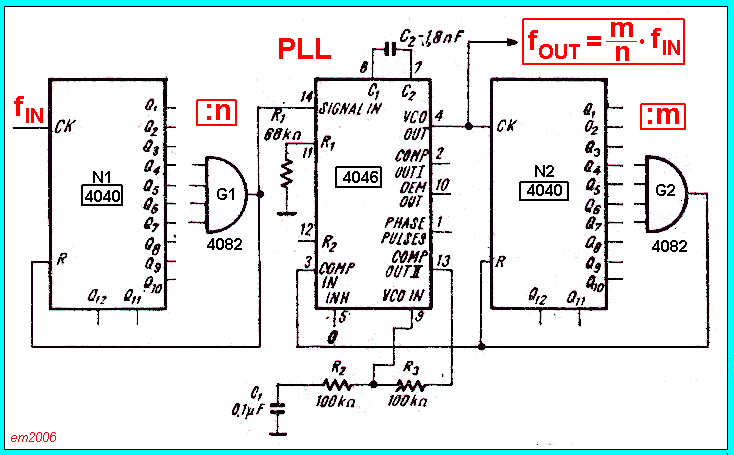
Top octave generators are known for being economical and compact compared to other tone generation methods. However, their near-perfect tuning often leads to chords that sound flat, particularly in organs where certain stops may not enhance the overall sound. If instruments like pianos and pipe organs were perfectly tuned, the resulting sound would be dull and uninteresting. It is the subtle mistunings that contribute to the rich and grand sound of instruments such as the pipe organ, similar to how diverse qualities in people create a more engaging and harmonious world.
Top octave generators (TOGs) are electronic circuits designed to produce musical tones by generating the highest octave of a musical scale, typically used in synthesizers and electronic organs. The operation of a TOG is based on the generation of square waves at specific frequencies corresponding to the musical notes in the octave. These generators utilize a series of frequency dividers and oscillators to create a range of tones, which can then be manipulated to achieve various musical effects.
In a typical schematic, a TOG circuit may include a master oscillator that generates a high-frequency square wave. This signal is then divided down through a series of flip-flops or frequency dividers, which produce lower frequency outputs corresponding to the desired musical notes. Each output can be routed to different signal processing elements, such as filters and amplifiers, to shape the sound further.
The output from a TOG is often characterized by its harmonic content, which can be adjusted using various techniques like pulse width modulation or adding effects such as reverb and chorus. However, the inherent flaw of TOGs is their precision; while they create perfectly tuned notes, this precision can lead to a lack of warmth and richness in the sound. This is particularly evident in organ applications, where the interaction of slightly mistuned notes creates a fuller, more resonant sound.
In practical applications, TOGs are often integrated into larger synthesizer systems, where they serve as a foundational element for generating a wide range of musical tones. The careful design of the TOG circuit, including the choice of components and the configuration of the oscillators, plays a crucial role in achieving a balance between the desired tonal quality and the technical limitations of the system.About all that can be said about top octave generators is that they were cute and cheap, compared to other methods of tone generation. Trouble is, they were nearly perfect and to use one resulted in chords that were very flat-sounding and on organs, stops that didn`t seem to contribute to the sound at all.
If a piano, pipe organ or all the instrum ents in an orchestra were tuned absolutely perfectly (and every note within the instruments` range was in perfect tune with the others), it would sound very dull and strange. It`s the very slight mistunings that make an instrument like a pipe organ sound so grand and beautiful.
I guess it`s like that with people. It takes all kinds to make for a very interesting and pleasing world. 🔗 External reference
Top octave generators (TOGs) are electronic circuits designed to produce musical tones by generating the highest octave of a musical scale, typically used in synthesizers and electronic organs. The operation of a TOG is based on the generation of square waves at specific frequencies corresponding to the musical notes in the octave. These generators utilize a series of frequency dividers and oscillators to create a range of tones, which can then be manipulated to achieve various musical effects.
In a typical schematic, a TOG circuit may include a master oscillator that generates a high-frequency square wave. This signal is then divided down through a series of flip-flops or frequency dividers, which produce lower frequency outputs corresponding to the desired musical notes. Each output can be routed to different signal processing elements, such as filters and amplifiers, to shape the sound further.
The output from a TOG is often characterized by its harmonic content, which can be adjusted using various techniques like pulse width modulation or adding effects such as reverb and chorus. However, the inherent flaw of TOGs is their precision; while they create perfectly tuned notes, this precision can lead to a lack of warmth and richness in the sound. This is particularly evident in organ applications, where the interaction of slightly mistuned notes creates a fuller, more resonant sound.
In practical applications, TOGs are often integrated into larger synthesizer systems, where they serve as a foundational element for generating a wide range of musical tones. The careful design of the TOG circuit, including the choice of components and the configuration of the oscillators, plays a crucial role in achieving a balance between the desired tonal quality and the technical limitations of the system.About all that can be said about top octave generators is that they were cute and cheap, compared to other methods of tone generation. Trouble is, they were nearly perfect and to use one resulted in chords that were very flat-sounding and on organs, stops that didn`t seem to contribute to the sound at all.
If a piano, pipe organ or all the instrum ents in an orchestra were tuned absolutely perfectly (and every note within the instruments` range was in perfect tune with the others), it would sound very dull and strange. It`s the very slight mistunings that make an instrument like a pipe organ sound so grand and beautiful.
I guess it`s like that with people. It takes all kinds to make for a very interesting and pleasing world. 🔗 External reference
Warning: include(partials/cookie-banner.php): Failed to open stream: Permission denied in /var/www/html/nextgr/view-circuit.php on line 713
Warning: include(): Failed opening 'partials/cookie-banner.php' for inclusion (include_path='.:/usr/share/php') in /var/www/html/nextgr/view-circuit.php on line 713
